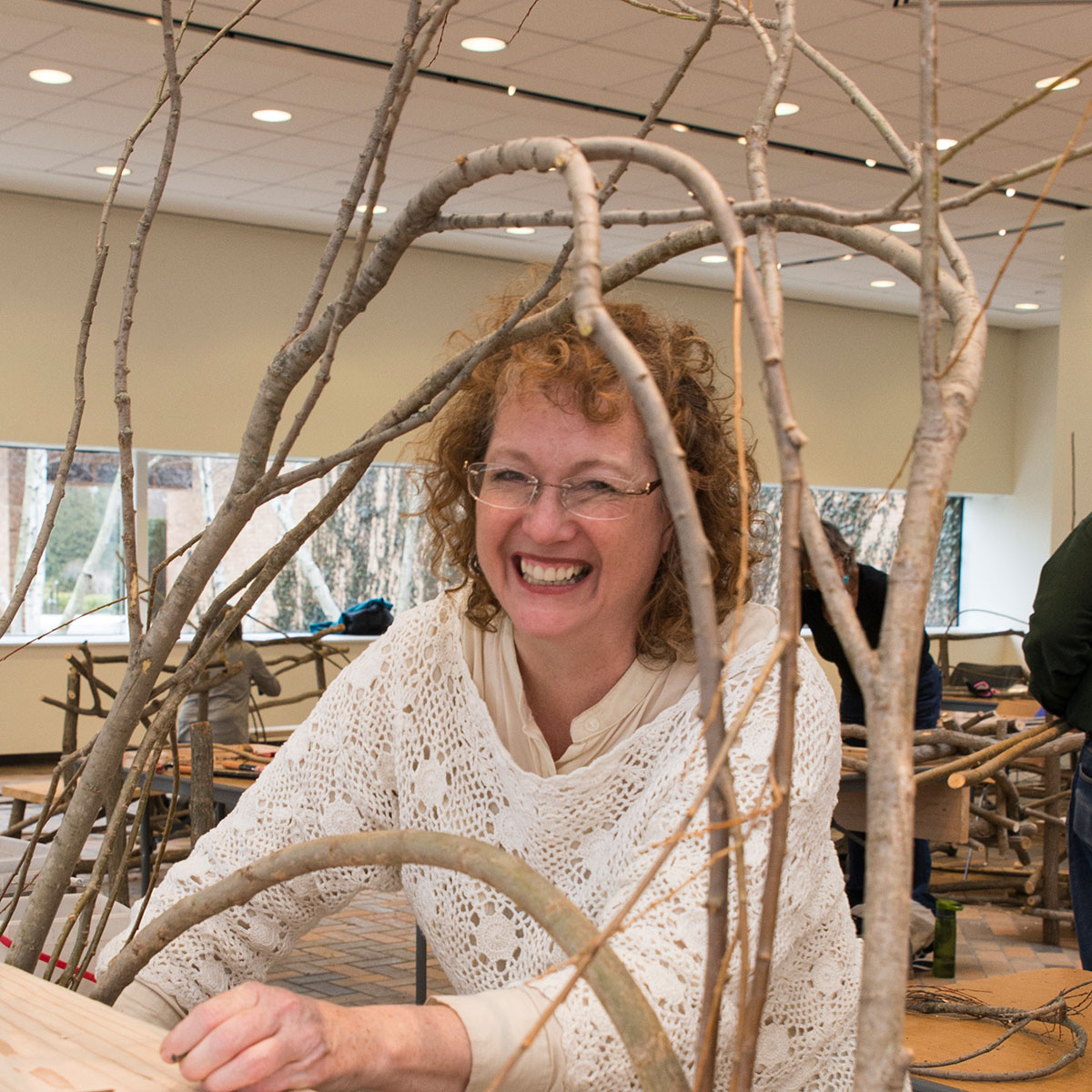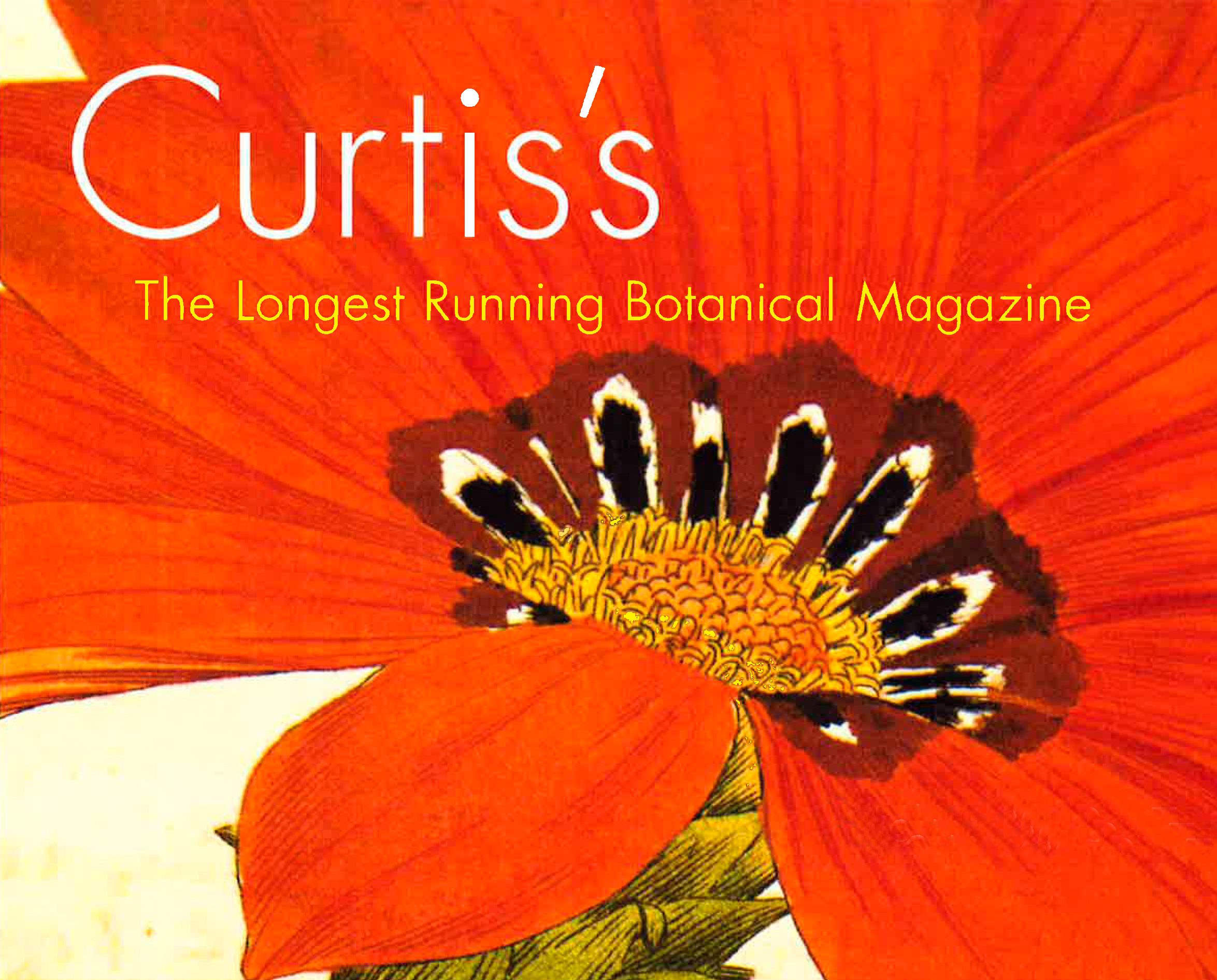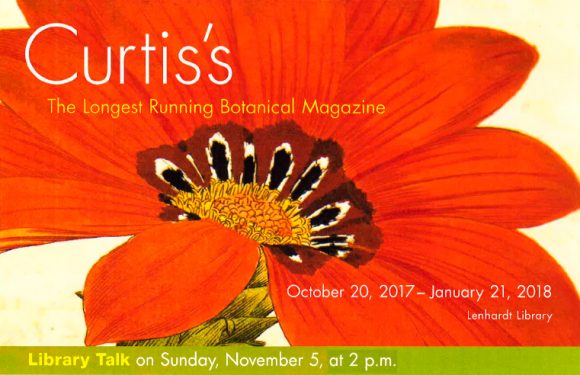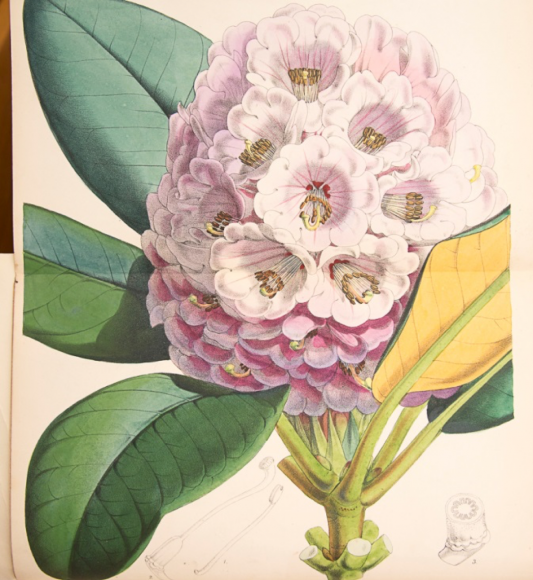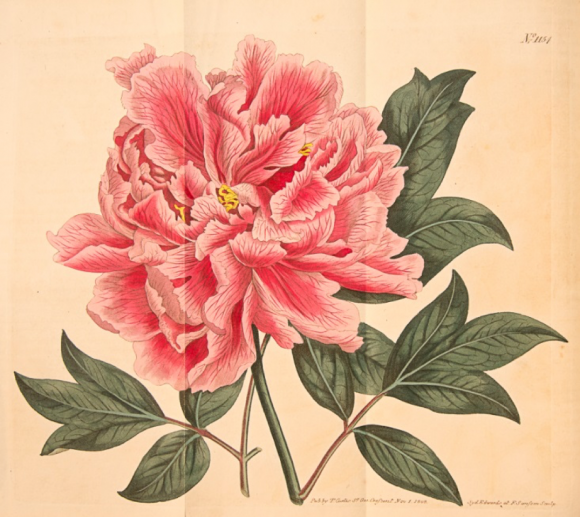Bim Willow, who has taught classes in willow work at the Chicago Botanic Garden for more than a decade, never tires of showing students how to tap into their creativity.
“That twinkle in the eyes of the students after they finish a project and look at it and they’re dancing, they’re giggling, and they say ‘I can’t believe I made it.’ Then they come back the next year and say, ‘You know, I’ve showed off my piece to people and everybody who has seen my piece says: I can’t believe you made that! But now I do believe it.’
That realization, says Willow, about going from ‘I can’t believe I can do this’ to ‘I now believe I can,’ is a big reason he’ll teach four Willow Workshops—Holiday Tree, Garden Bench, Rustic Reindeer, and Rocking Chair—November 11 at the Garden.
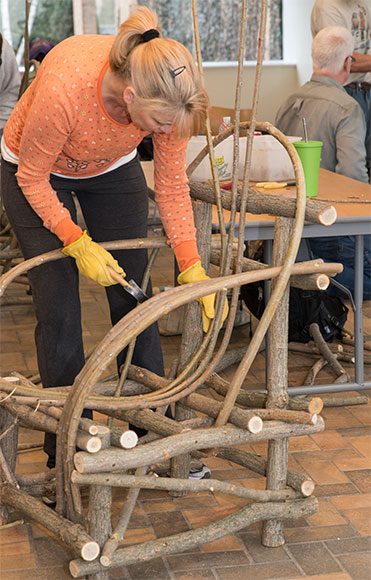
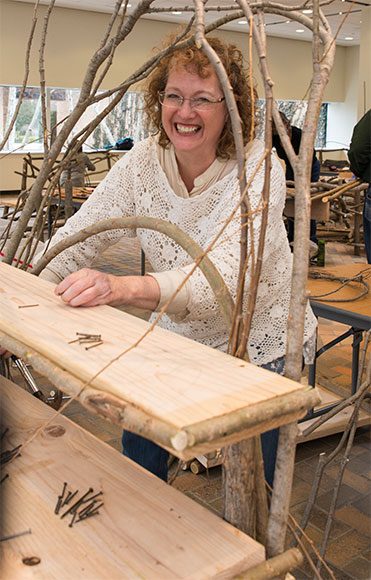
Students, he says, need not be masters of hammers and nails. “It’s really easy to learn how to nail, but it’s a lot harder to unlearn how to do it the wrong way—like so many other things in life.”
And while he teaches techniques, Willow also encourages individual creativity. “Students learn the technique of how to make something structurally sound,” he told us in a phone chat. “That’s functional. But the aesthetic part is now in their ballpark.”
“That’s where you get to use your imagination and take these sticks and create something beautiful out of it,” he says. “Imagination is all in our head. And my class is about taking it out and playing with it.”
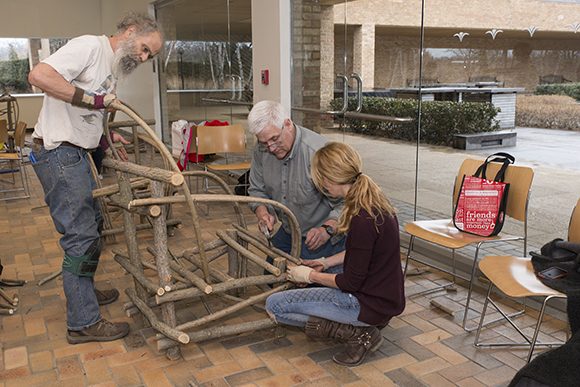
Bim’s fascination with willow prompted a name tweak for this artist born Lawrence Schackow 65 years ago. Willow, who lives in southwestern Michigan, built his first willow chair in 1972 and started Willow Works, Inc., in 1985.
“Willow is one of those renewable resources. And for the style of furniture I build, willow is the best wood because of its flexible nature. But mostly because it’s free.
“For for the benches, we’re mostly going to be using sassafras, which is free wood. It’s durable,” he says. “And willow will be just for the trimming. I use willow that grows in the ditches that people are trying to get rid of because it clogs up the ditches. It’s not like a weeping willow tree. …The willow that I use is a resource that people are trying to get rid of.”
“Basically, the class is about taking anything that people are trying to get rid of and turning it into something that people want.”
Willow calls himself “an author, artist, poet, and fool” on his Facebook page—a nod to his early work as a mime and clown. But he has several books to his credit, including furniture-making books, children’s books, and more in the works, like a collection of his one-liners he calls Bimisms.
“We are taught at an early age to stop being creative and start becoming productive,” he says. “And I’m here to reverse that.”
It’s about taking people back to a time when creativity was something they did instead of bought. And each one of us has that creative side.
If you think about a machine, he said, “I’m more of a social lubricant than a cog or a gear. So I slide in and out of the machine with creativity and show people that (creativity) can help take some of the friction out. But it’s also about people finding that within themselves.”
Guest blogger Judith Hevrdejs-King is a freelance writer.
©2017 Chicago Botanic Garden and my.chicagobotanic.org

